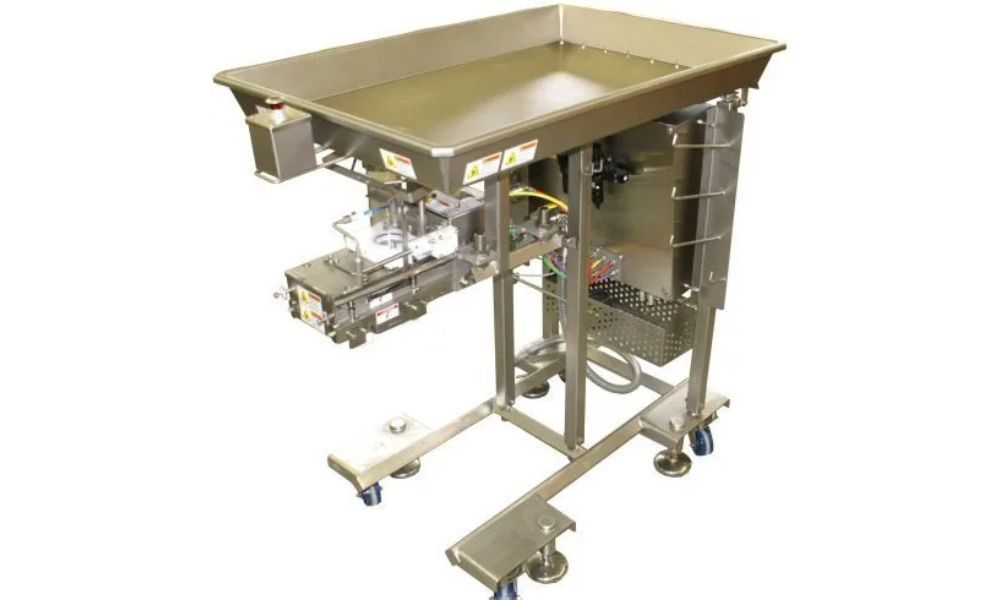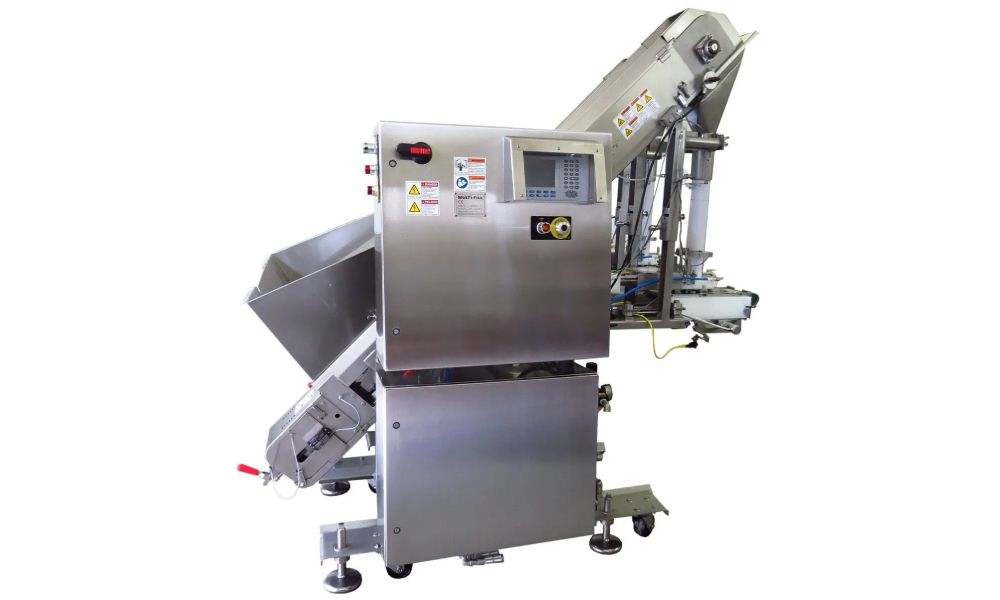The growth potential for a pet food business
Many people who own pets have an emotional attachment to them. If you’re considering a career in the pet food business, learn about the trends in growth here.
Market Overview
The pet food industry has grown substantially through the years. The industry saw an estimated
$99 billion worth of profit in 2020 with the increase in pet adoptions during the COVID-19 pandemic. It is estimated that the global pet industry will climb to about $358.63 billion by 2027. The statistics indicate that pet food retailers are key players in the growth of the pet industry. the increase of pet food grows as more people start to include pets as part of their family. More pet owners are also making use of technology and an online retailer for pet food, further increasing sales for e-commerce retailers in the pet market.
Key Market Trends
Millennials and Baby Boomers are the market that purchases the majority of pet food products. According to
research markets, the global pet food market has an annual growth rate of 4.5%, with estimates around 73% being online sales online. The reason behind this trend is that the younger generation preferring online retailers, as well as pet owners using online stores during quarantine. With recovering commodity prices after the pandemic, it is expected that the market will continue to grow.
Competitive Landscape
The dog food market is the most competitive landscape with an increase in demand for premium and nutritious dog food. Dog owners (and cat owners) only want the best for their pets and this increases the competition for food that helps their overall health. A few major brands compete in terms of quality and prices. Some of the leading players are:
- Mars Petcare, Inc.
- Nestlé Purina Pet Care
- Hill's Pet Nutrition
- Proctor & Gamble Co.
- Del Monte Foods
Recent Developments
Pet humanization leads to more pet owners wanting their pets to have similar tastes to them. The latest trends include vegan, vegetarian, raw, and organic pet food diets. Pet owners prefer sustainable products that focus on environmentally friendly packaging. Another trend includes pet food that contains ingredients that are humanely sourced and free of GMOs.
As the pet food industry grows, there is a need for food manufacturing equipment and supplies for pet food business owners. Let our products help you to grow a successful pet food business -
give us a call today!
Designing a food filling line: Product is king












